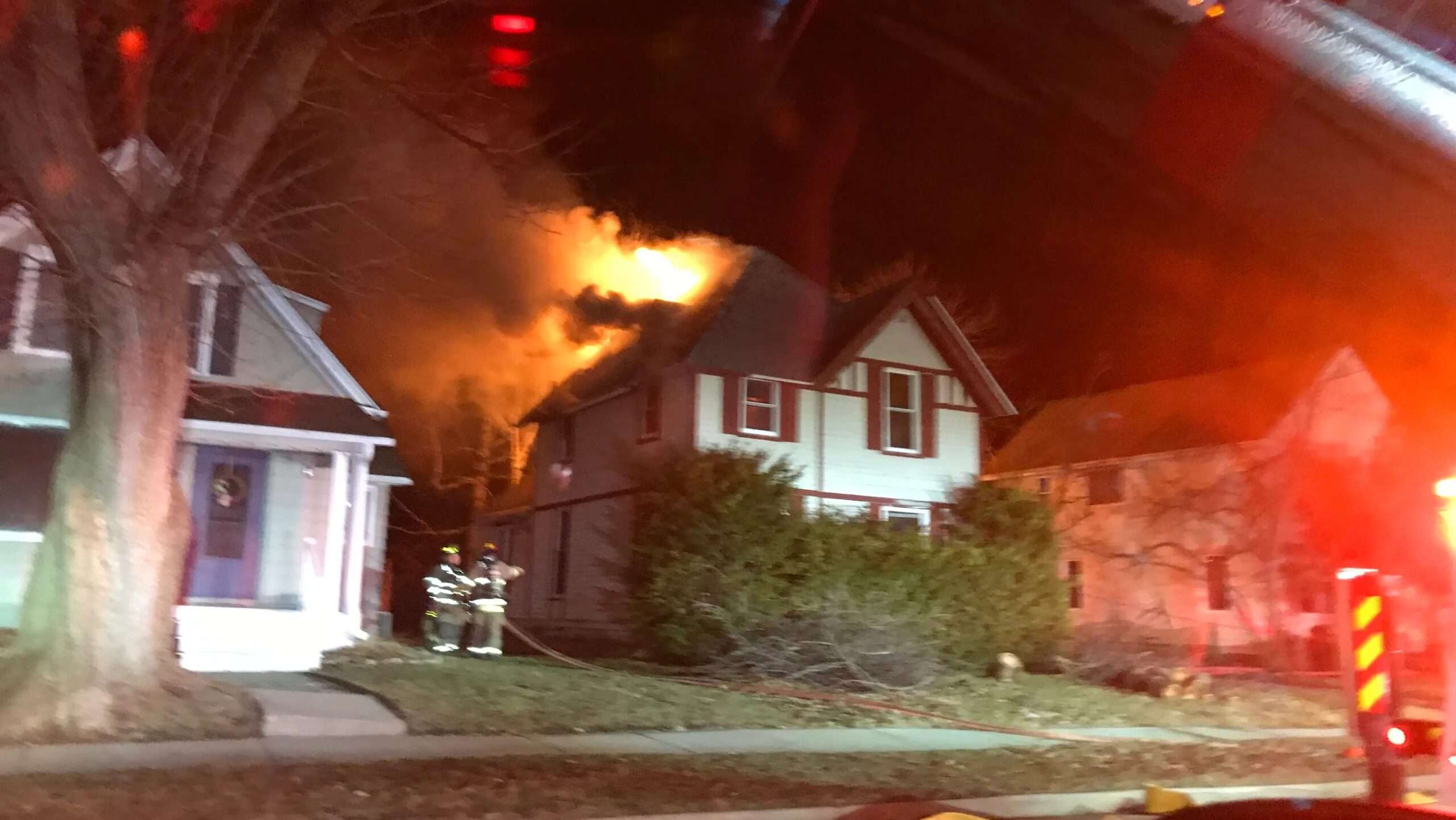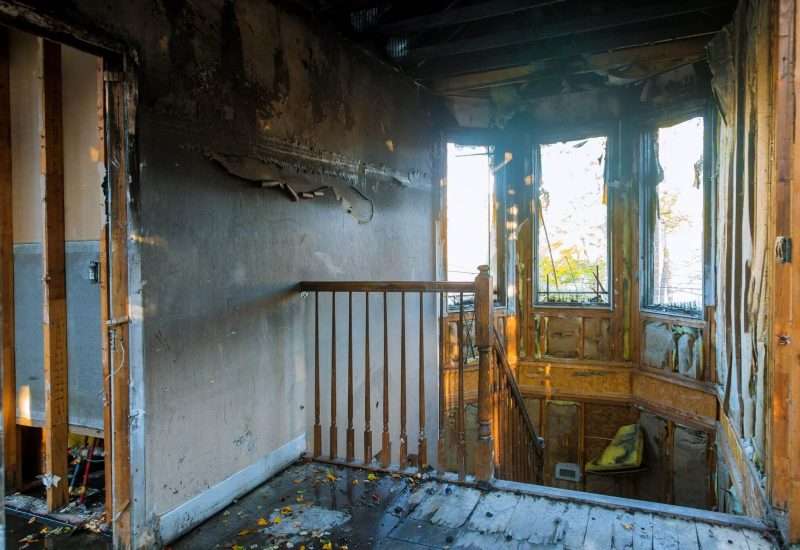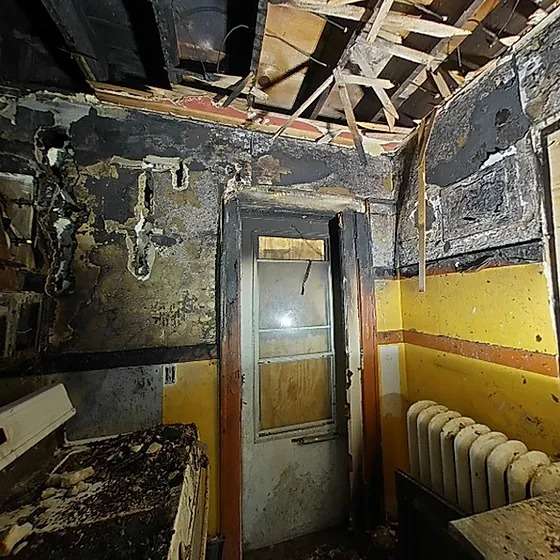The Complete Guide to Fire Damage Estimate Services

Fire damage can be a devastating experience, leaving property owners feeling overwhelmed and unsure of where to start with recovery. The process of restoring your property begins with a comprehensive fire damage estimate. This guide provides a detailed, step-by-step approach to understanding Fire Damage Estimate Services, so you know what to expect and how to proceed.
Step 1: Understanding Fire Damage Assessment
Before starting the estimation process, it’s important to understand what a fire damage assessment entails. Fire damage can affect various aspects of your property, including structural elements, electrical systems, plumbing, HVAC, and personal belongings. An accurate assessment identifies the extent of the damage, which will form the basis of the cost estimate for repairs and restoration.
Step 2: Contact a Professional Fire Damage Restoration Company
As soon as the fire is extinguished and the area is declared safe, contact a professional fire damage restoration company. These companies specialize in handling fire-related damage and will help you through the process of assessing and estimating the costs. Make sure to choose a company that is licensed, insured, and experienced in fire restoration.

Step 3: Initial Inspection and Documentation
The first step of the estimation process is a thorough inspection of the affected property. Restoration professionals will:
- Evaluate the extent of the fire, smoke, and water damage.
- Identify which parts of the property are salvageable.
- Inspect structural components to assess safety and integrity.
- Take photographs and videos of the damage for documentation purposes. This step ensures that nothing is overlooked and helps in creating a detailed damage report.
Step 4: Evaluating Structural Damage
Fire can compromise the structural integrity of a building. Restoration experts will assess critical components such as walls, ceilings, beams, and foundations to determine if they need to be repaired or replaced. This evaluation is crucial because structural repairs can be the most expensive part of the restoration process.
Step 5: Assessing Smoke and Soot Damage
Smoke and soot can cause significant damage to surfaces, furniture, and air quality. During the assessment, professionals will check the extent of smoke penetration and the presence of soot on walls, ceilings, ducts, and personal belongings. Addressing smoke damage is vital because it can lead to health problems and unpleasant odors if not properly managed.
Step 6: Water Damage Evaluation
Firefighting efforts often involve the use of large amounts of water, which can lead to water damage. Restoration teams will examine the affected areas for mold, mildew, and other water-related issues. They will also check for moisture in hidden areas to prevent future problems.
Step 7: Estimating the Cost of Repairs and Restoration
Once the damage has been thoroughly assessed, the restoration company will provide a detailed cost estimate for the repairs. This estimate includes:
- Labor costs: Fees for the restoration crew and any specialists (e.g., electricians, plumbers, carpenters).
- Material costs: Prices for replacement materials like drywall, flooring, insulation, and other building supplies.
- Equipment costs: Charges for specialized equipment used in cleanup, drying, and deodorization.
- Cleanup and disposal: Fees for removing debris, damaged materials, and hazardous waste. The estimate will typically break down the costs, allowing you to see exactly what each repair will cost and how long it will take.
Step 8: Reviewing Insurance Coverage
If you have homeowner’s insurance, it’s crucial to review your policy to understand what is covered. In most cases, your insurance policy will cover fire damage, but the extent of coverage can vary. The restoration company may work with your insurance provider to ensure all the necessary repairs are included in the claim.
Step 9: Negotiating and Adjusting the Estimate
Sometimes, you may need to negotiate the estimate with the restoration company or your insurance provider. Be sure to ask for clarifications if there are items on the estimate you don’t understand. The goal is to get an accurate estimate that reflects the real cost of restoring your property.
Step 10: Starting the Restoration Process
After agreeing on the estimate, the restoration company will begin the repair and restoration process. They will typically start with:
- Securing the property: Boarding up windows, covering roofs, and ensuring the area is safe.
- Cleaning up debris: Removing damaged materials, soot, and water.
- Restoration work: Performing repairs, replacements, and any other necessary restoration tasks. Having a clear, detailed estimate helps streamline this process and ensures that all parties know what to expect.
Conclusion: The Importance of Professional Fire Damage Estimates
A professional fire damage estimate is the foundation of a successful restoration process. It helps property owners understand the extent of the damage, the expected costs, and the steps required to bring their property back to its pre-fire condition. By following this guide, you can ensure that the estimation process goes smoothly, and you’re well-prepared to handle the next steps in restoring your property.

Fire damage can be overwhelming, but with the right information and expert assistance, you can navigate the recovery process more confidently.